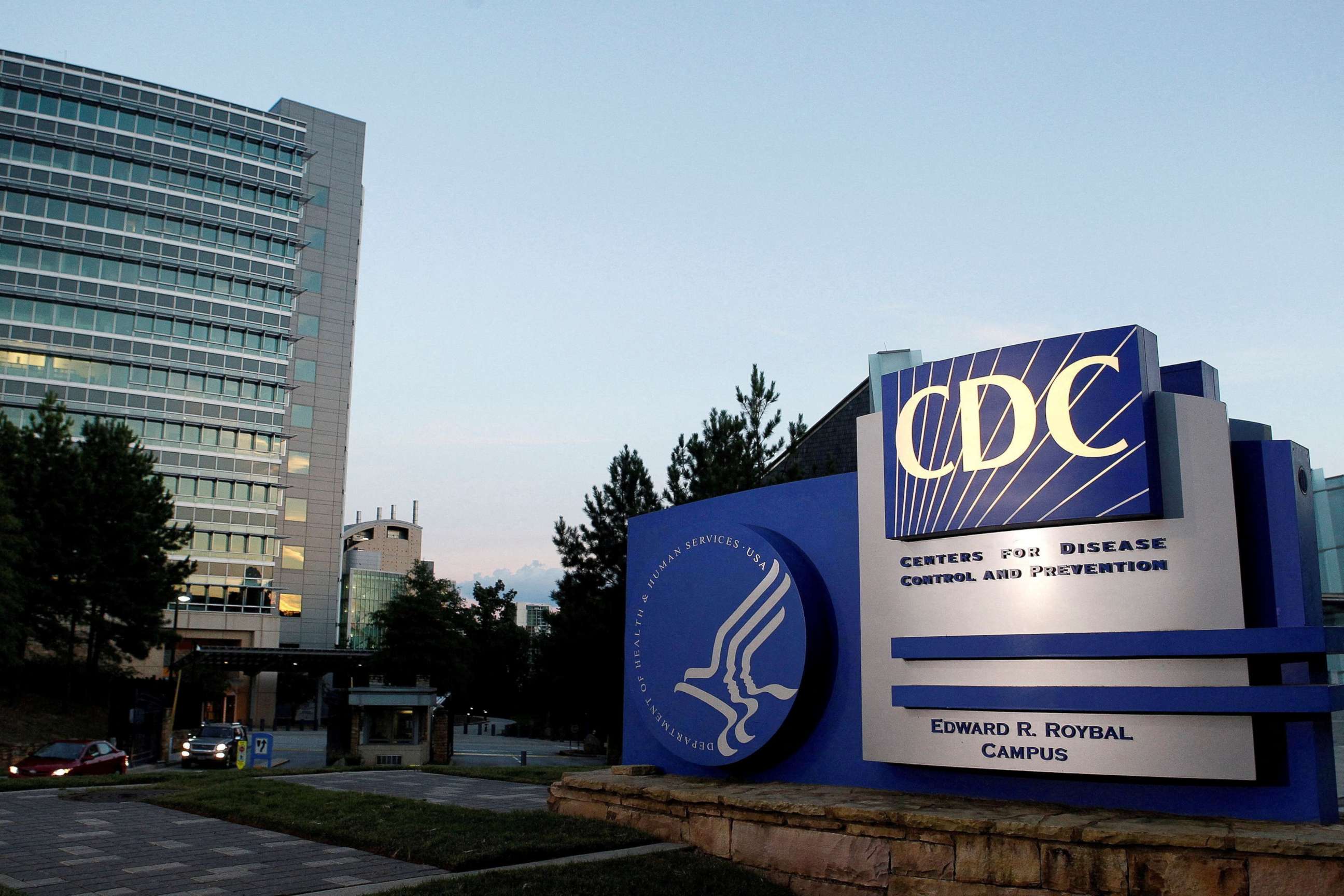How to use the CDC's new COVID quarantine and isolation calculator
The tool tells Americans how long to stay home and when to get tested.
The Centers for Disease Control and Prevention released an online calculator Thursday to help people determine if they should isolate or quarantine after contracting COVID-19 or being exposed to someone with the virus.
The tool can be accessed on a desktop or on a mobile device.
Once a person answers a few questions, the calculator will help discern how long one should isolate or quarantine, whether they should get tested, and how long they should take precautions, such as wearing a mask around others in public.
Those who are up to date on their COVID-19 vaccines will have different recommendations than those who are not up to date or not vaccinated at all.
There is a distinct difference between isolating and quarantining, with isolation being for people who have mild symptoms or no symptoms at all but have tested positive for the virus.
People who need to quarantine are those who have come in close contact with someone who has COVID-19, but have not tested positive.
For example, according to the calculator, someone who has come into contact with a COVID-19 patient, is up to date on their vaccinations and has not tested positive themselves do not need to stay home unless they develop symptoms.
However, the tool does recommend the user get tested five days after exposure and to wear a mask around others for 10 days.
But someone who is not vaccinated or not up to date with their vaccines is recommended to quarantine for five days -- starting the day after exposure -- to get tested at the end of the quarantine period and to wear a mask for 10 days as well.
If a user tests positive and doesn't have symptoms -- regardless of vaccination status -- they are recommended to isolate for five days and can then leave their home if they continue to not develop symptoms.
If the person has symptoms, they can end isolation after five days of no fever without the use of medication and they are recommended to wear a mask for 10 days around others.

The CDC said the guidance from its tool does not apply to Americans who have weakened immune systems or to people who test positive or are close contacts in high-risk settings.
In December 2021, the CDC shortened its isolation guidance for asymptomatic COVID-19 patients from 10 days to five days as well as the quarantine guidance for close contacts who don't develop symptoms.
The federal health agency said the change was due to a growing body of evidence that showed most COVID-19 patients were not contagious five days after testing positive or developing symptoms.
The tool comes as the U.S. sees COVID-19 hospitalization rates plateauing and death rates declining.
CDC data shows the daily average is hovering just below 700 virus-related fatalities every day, a steep decline from the more than 2,600 deaths reported per day during the omicron peak in early February.
ABC News' Arielle Mitropoulos contributed to this report.




